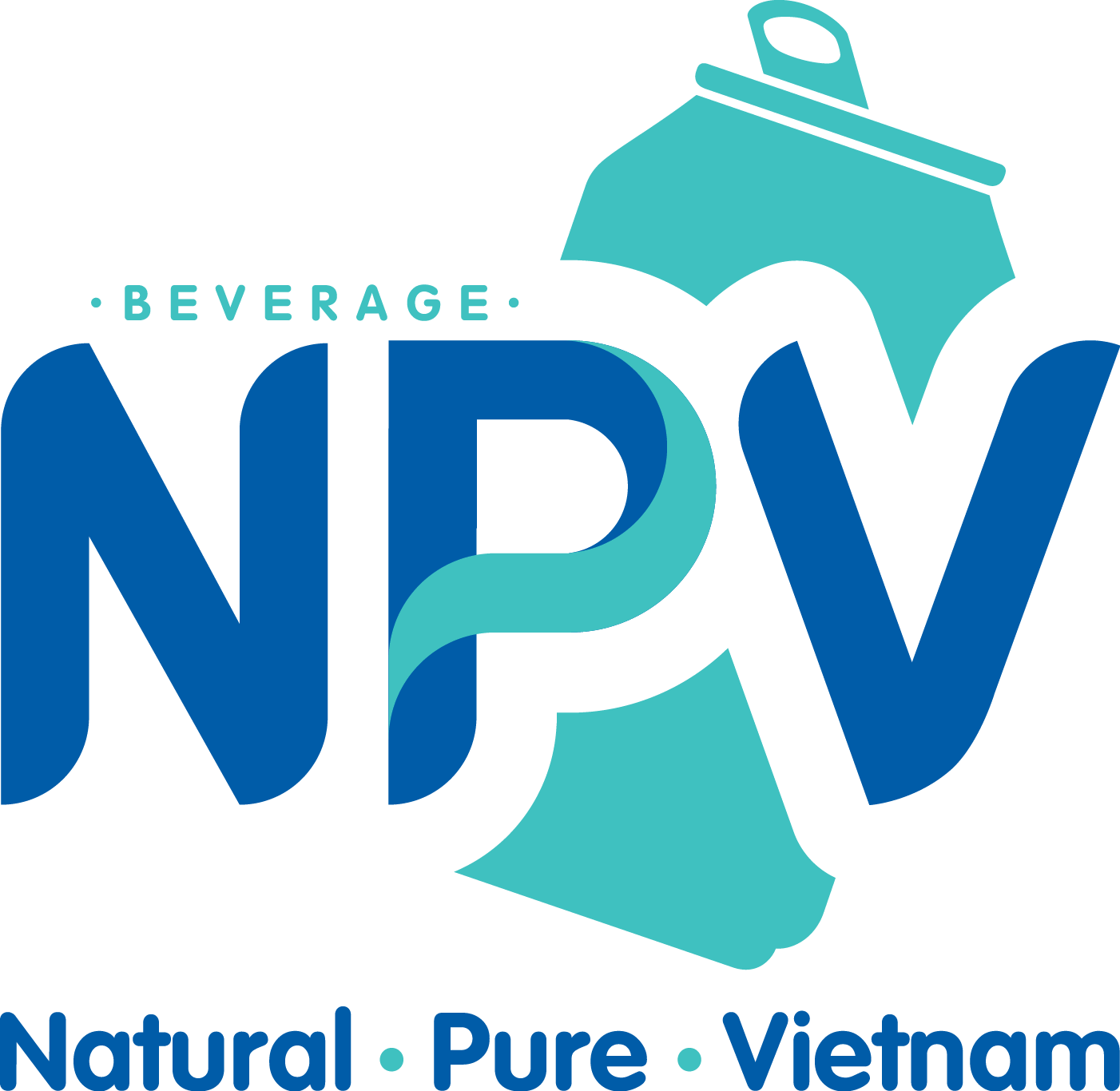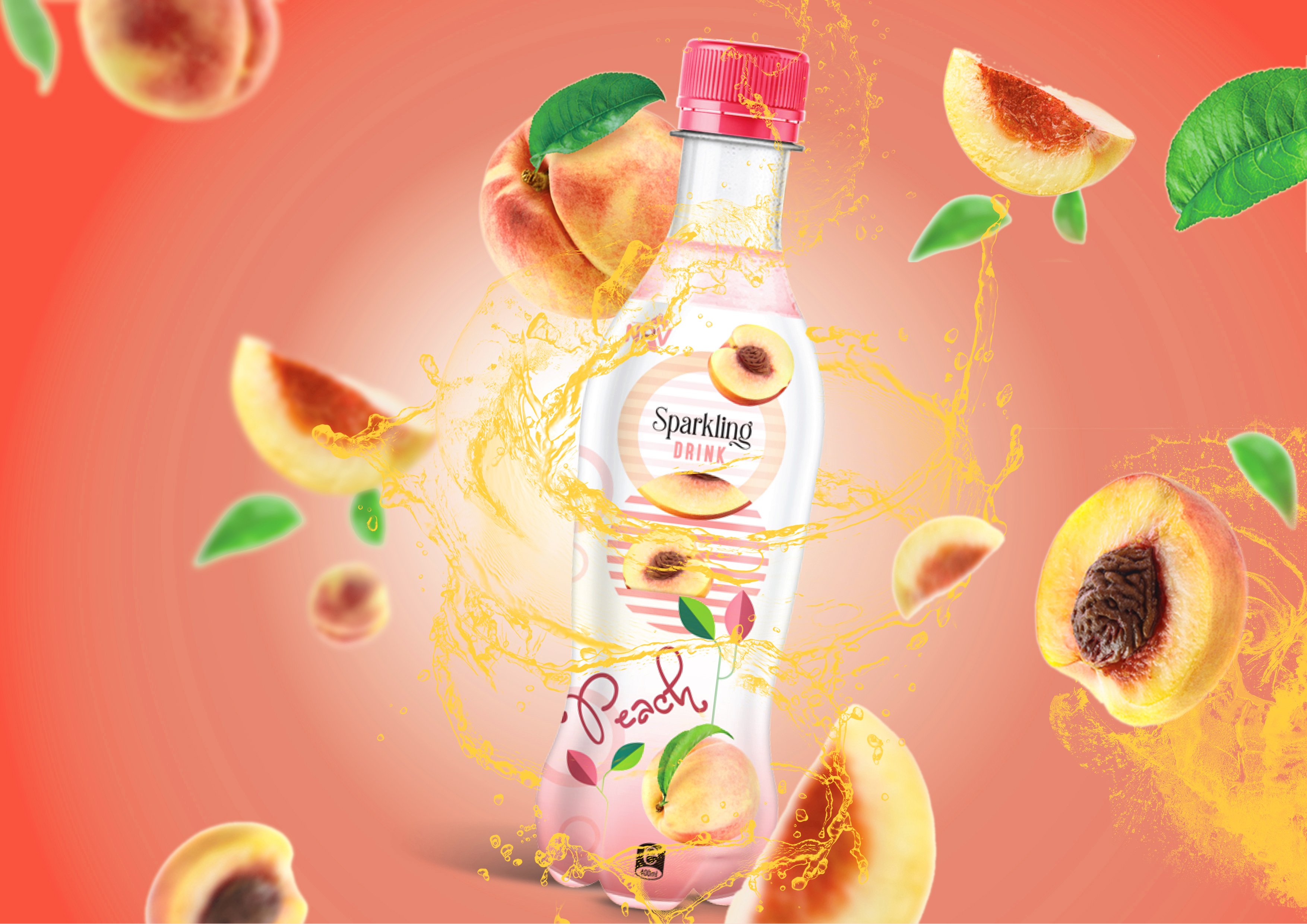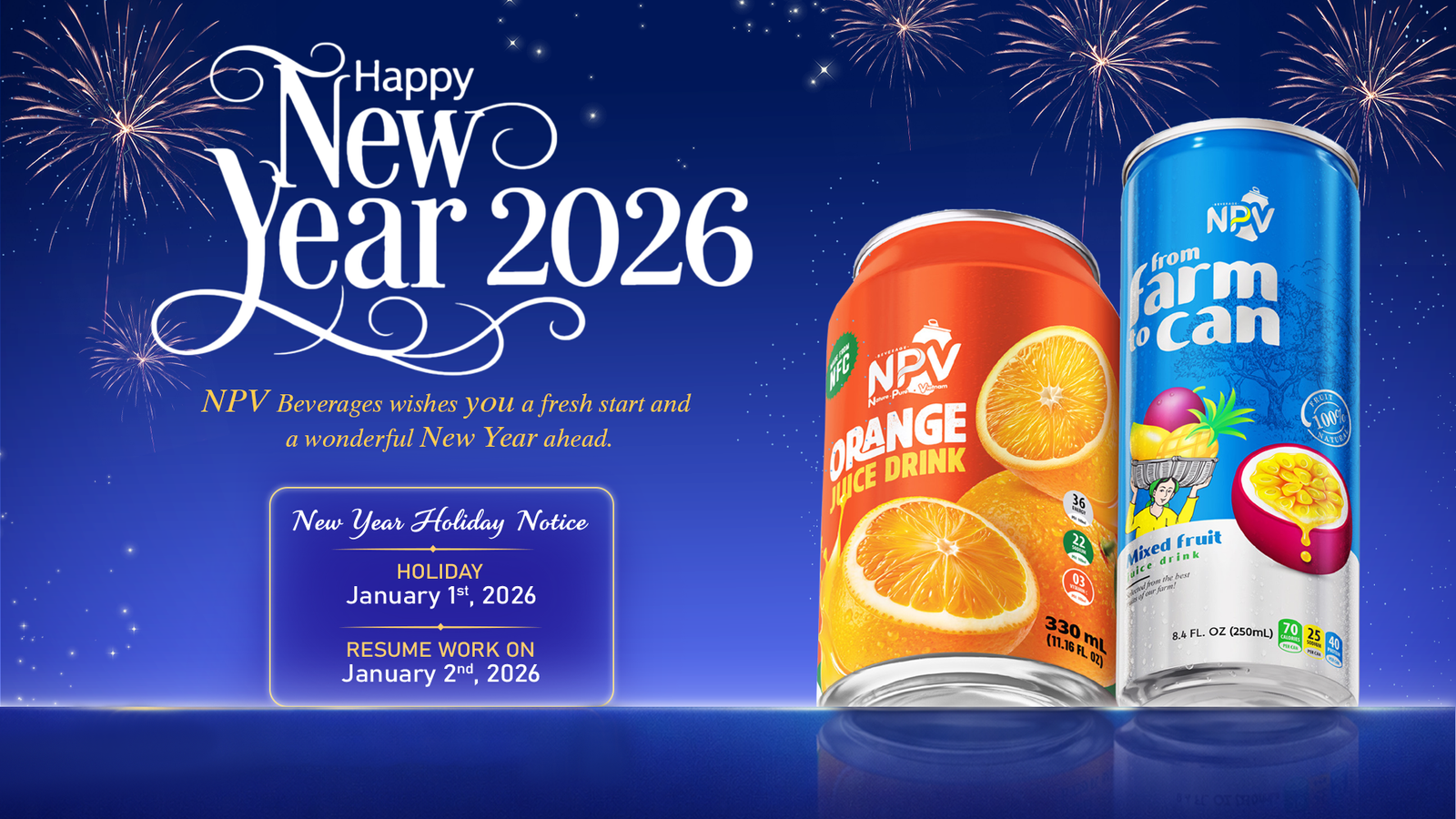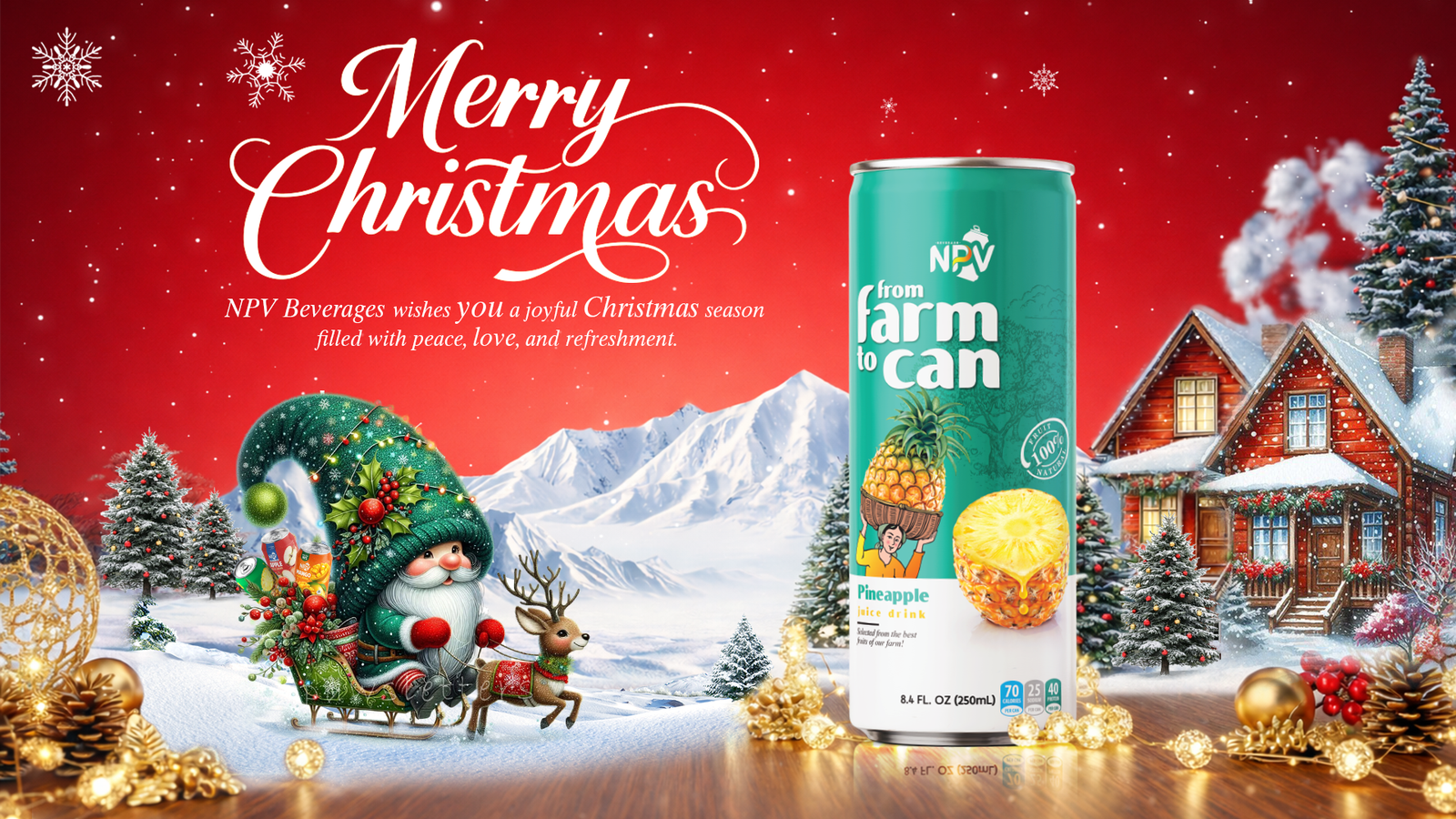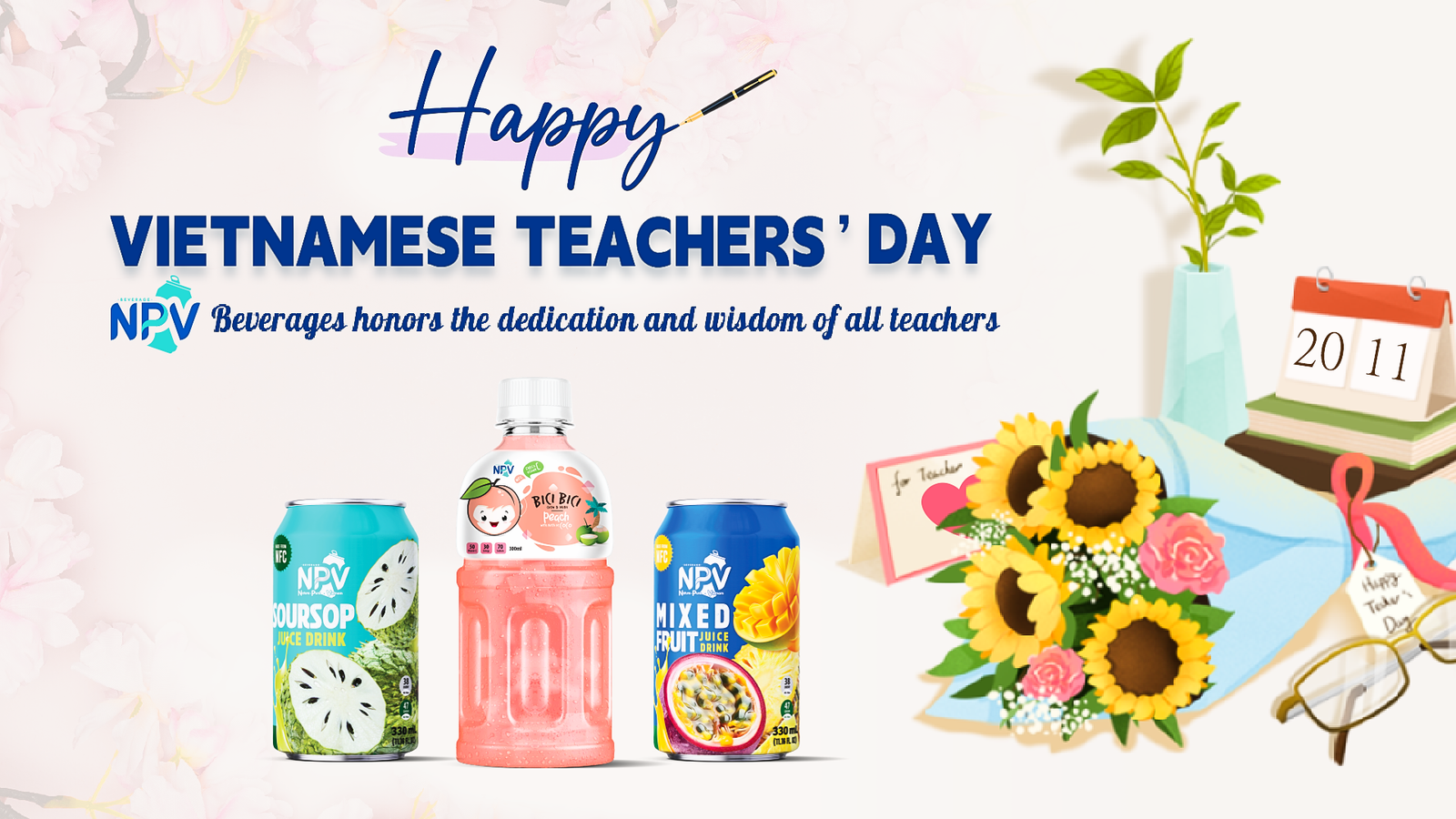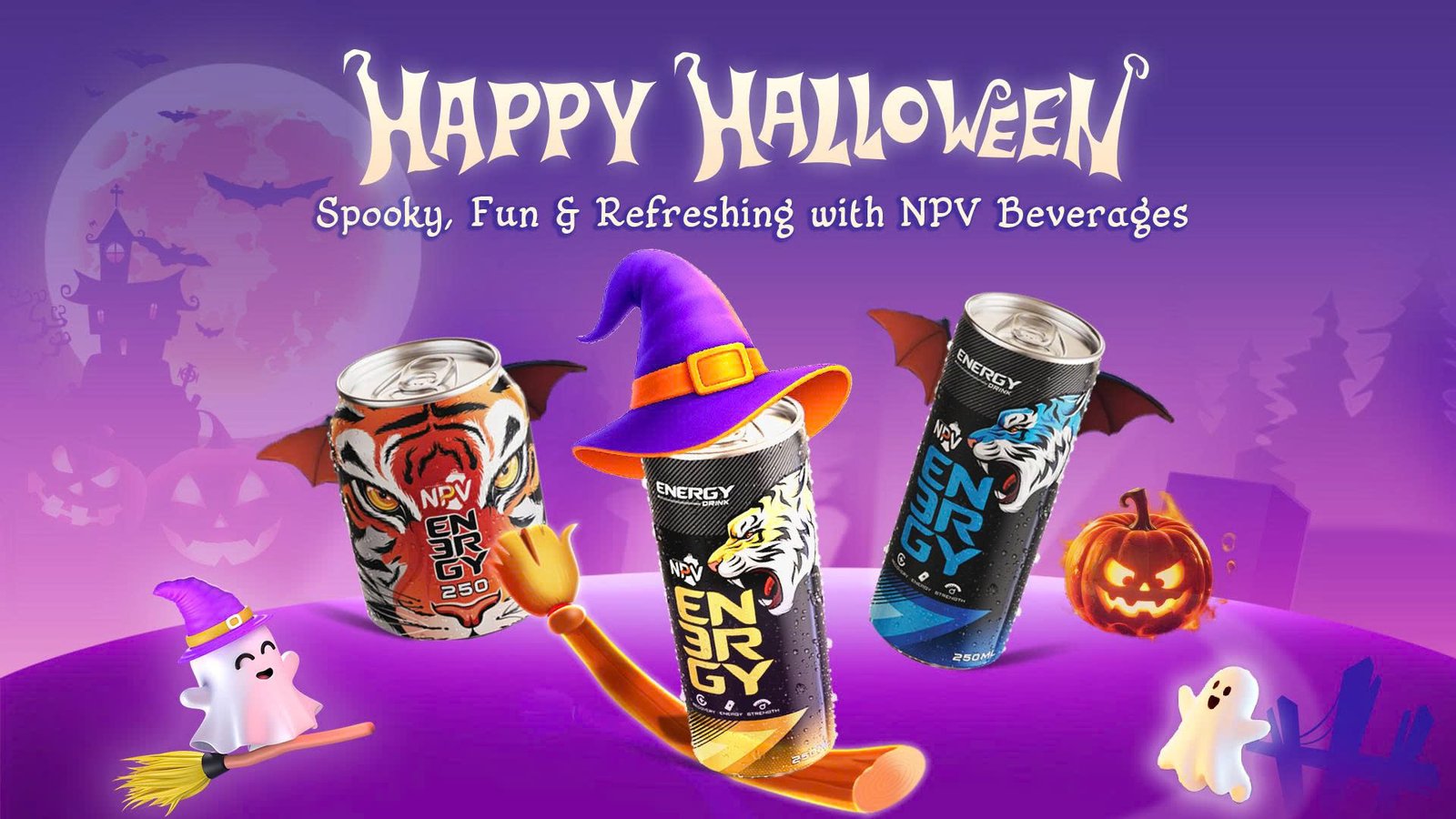Sparkling Water – Endlessly Refreshing Taste
Carbonated water, often called soda water, sparkling water, or seltzer, is a refreshing and effervescent beverage that has gained popularity worldwide. It is water into which carbon dioxide gas has been dissolved under pressure, creating bubbles and a fizzy sensation when consumed. Carbonated water can be enjoyed independently or as a base for flavored drinks and cocktails.

Here are some interesting facts and information about carbonated water:
1. Origins
The concept of carbonated water dates back to natural springs and mineral water sources, where naturally occurring carbonation gave the water its effervescence. People have been enjoying naturally carbonated mineral water for centuries, with well-known examples such as the naturally carbonated waters of Selters in Germany.
2. Artificial Carbonation
In the late 18th century, scientists and inventors developed methods for artificially carbonating water, making it widely accessible. One of the pioneers in this field was Joseph Priestley, credited with inventing soda water in 1767.
3. Varieties
There are various types of carbonated water available today. These include club soda, which typically contains added minerals for flavor; seltzer water, plain carbonated water; and tonic water. Its popularity as a mixer for cocktails can be attributed to the subtle bitterness imparted by adding quinine.
4. Health Aspects
Many people choose carbonated water as a refreshing substitute for sugary soft drinks. It is calorie-free and does not contain added sugars, making it a healthier choice. However, it’s essential to differentiate between carbonated water and sugary sodas, which can be high in calories and sugar.
5. Digestive Benefits
For specific individuals, carbonated water is believed to assist digestion and alleviate discomfort from indigestion or an upset stomach. The carbonation can help reduce the feeling of fullness and bloating.
6. Mixers
Carbonated water serves as a versatile mixer in the world of cocktails and mocktails. It pairs well with various spirits and flavorings, making it an essential ingredient in popular drinks like the classic gin and tonic, mojitos, or even a simple vodka soda.
7. Flavored Varieties
In recent years, the market for flavored carbonated water has exploded. Brands offer various fruit-flavored sparkling water, naturally sweetened, or unsweetened options to cater to different tastes and preferences.
8. Cultural Significance
Carbonated water has become an integral part of various culinary and cultural traditions. In some countries, it’s a common accompaniment to meals, while in others, it’s used in special celebrations and rituals.
Carbonated water’s popularity is likely to wane for a while as more people seek healthier and more exciting alternatives to traditional sugary beverages. Whether enjoyed on its own or used as a mixer, carbonated water continues to bubble with appeal for consumers worldwide.
How To Make Carbonated Water
Carbonated drinks, whether commercially produced or made at home, are created by dissolving carbon dioxide (CO2) gas in water. The process can vary depending on whether you’re producing it on an industrial scale or in your kitchen. Here’s a basic overview of how carbonated drinks are made:
1. Commercial Production
Carbonation
In large-scale production, carbonation is achieved by pressurizing water with CO2. This is typically done in a sealed tank where the water is chilled, and CO2 is injected under pressure. The higher pressure allows more CO2 to dissolve in the water, creating carbonation.
Flavor and Sweeteners: After carbonation, flavors, sweeteners, and other additives are mixed to create the desired taste. The exact formulation varies depending on the specific beverage being produced.
Quality Control: Quality control measures are put in place to ensure consistency in taste, carbonation levels, and product safety.
Packaging: Once the desired flavor and carbonation levels are achieved, the product is packaged in bottles, cans, or other containers. These containers are sealed to preserve the carbonation until the drink is opened and consumed.
2. Home Production (DIY Soda)
Carbonation Machine: Many people use home carbonation machines, such as SodaStream, to make their carbonated drinks. These machines come with a CO2 canister and a bottle. You fill the bottle with cold water.
Carbonation: The CO2 canister is attached to the machine, and you press a button to release CO2 into the water. The machine typically allows you to control the level of carbonation to your preference.
Flavoring: After carbonating the water, you can add flavorings. This can be done by adding syrups or natural flavor extracts. Some home carbonation machines offer their line of flavoring options.
Mixing and Serving: Once you’ve added flavor, gently mix the contents, and your homemade carbonated drink is ready to be served.
It’s important to note that while home carbonation allows for customization, commercial carbonated beverages undergo rigorous quality control and precise formulations to ensure consistency in taste and carbonation levels. Homemade carbonated drinks may not always match the exact taste and quality of their commercial counterparts.
Welcome to read more news here
